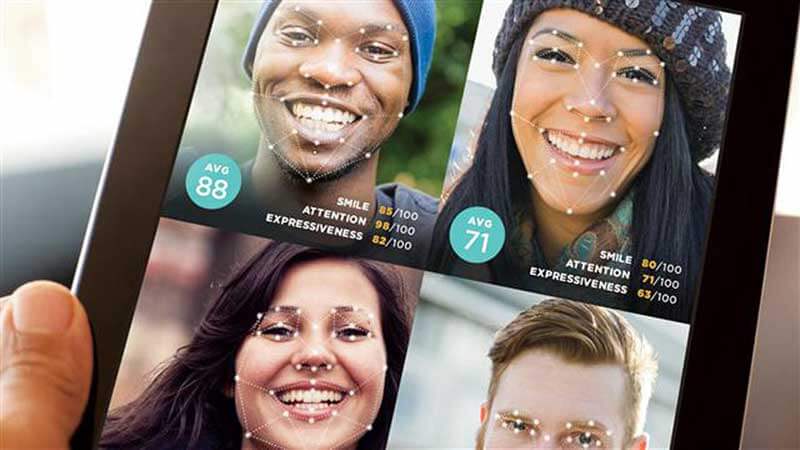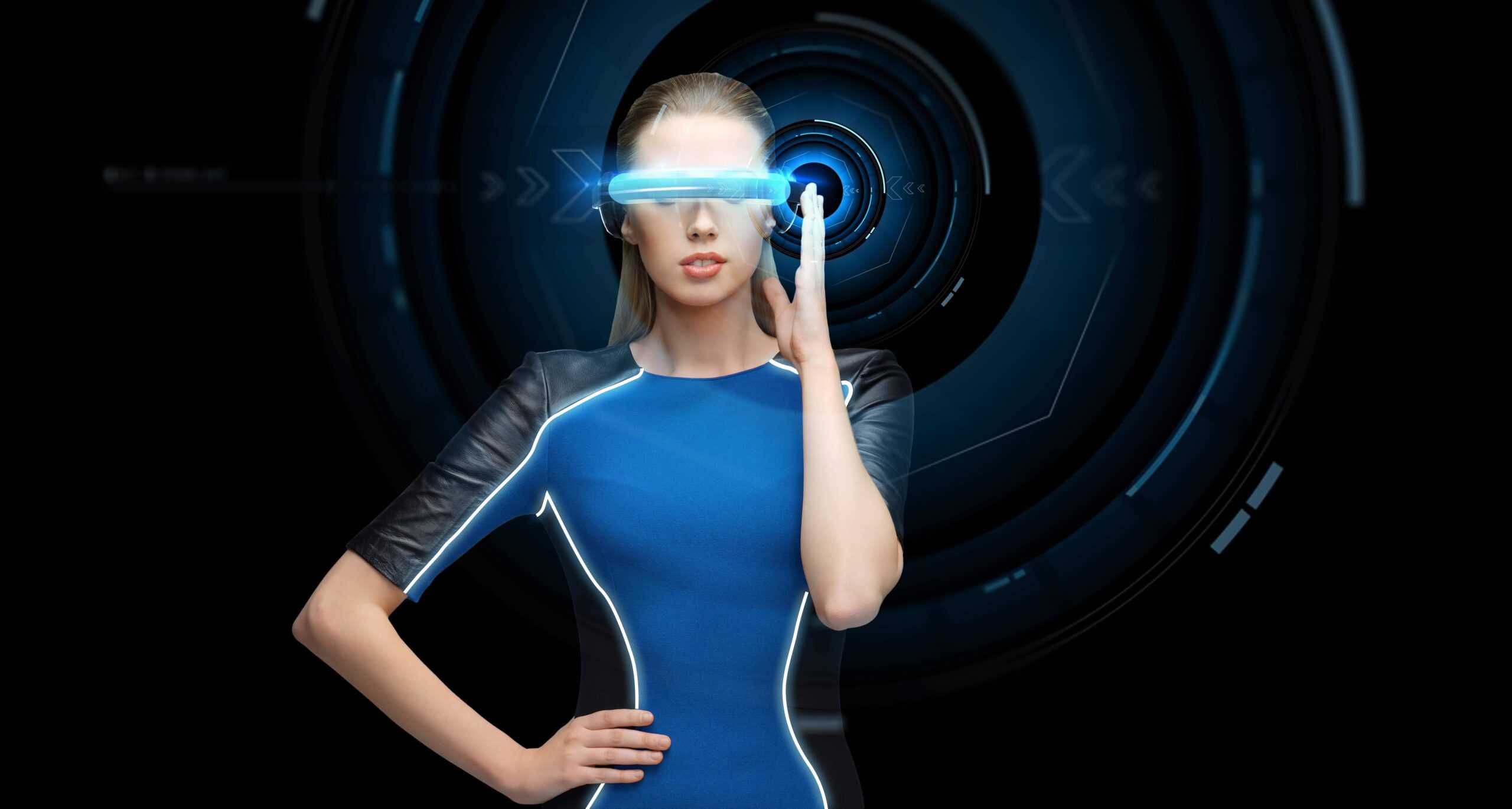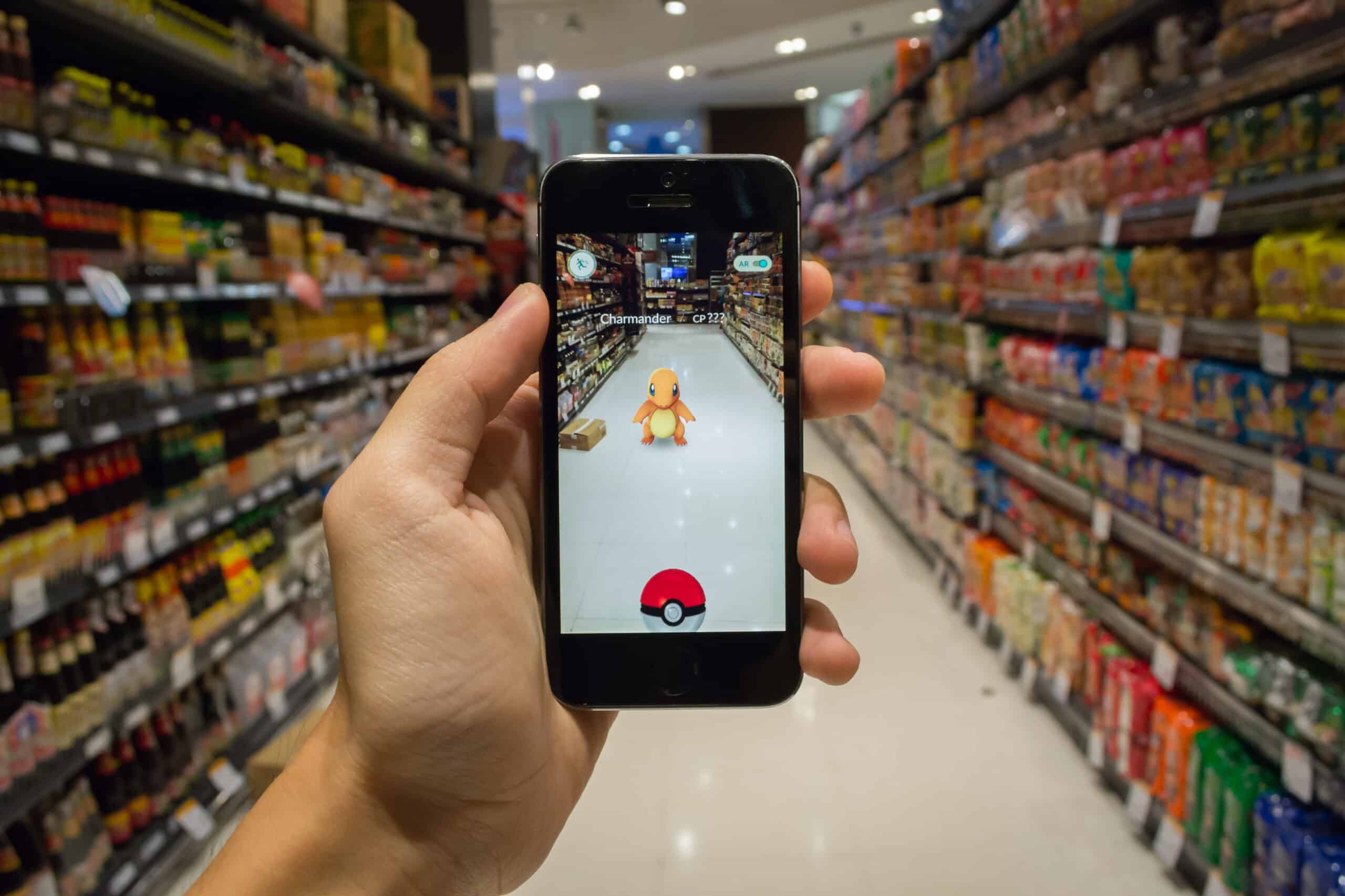- Emotion AI can detect real-time changes in mood
- IBM uses Watson to analyse customer service conversations
- An explosion of new players in emotion detection for social media
- A marketing revolution driven by increasingly smart computing
Emotional marketing is nothing new. To increase sales and hook customers, marketers have been using good storytelling and tear-jerking narratives for a very long time. This strategy is driven by a basic fact of our decision-making. As researchers at the University of Texas at Austin concluded, rational choices driven by product comparisons are important, “but mostly as justification after a buyer makes a decision based on emotional response”.
In practice, this means that if a marketer can get you to cry, he can get you to buy, too. This may sound like an exaggeration, but it’s not. As Lorraine Twohill, Google’s vice president for global marketing, explains to The New York Times, “If we don’t make you cry, we fail.” That’s why Christmas commercials are heavy on emotion and light on product content, sometimes not even placing products or services front and centre. Instead, they offer powerful emotional appeals, effectively marketing hooks to get consumers to feel something about a brand.
But with the rise of automation and artificial intelligence (AI) in retail, customers are interacting with brands in new ways. Smart chatbots, for instance, are redefining customer service. They’re smart, able, and available 24/7, ensuring that customer experience is always job number one. And they’re just one platform. For instance, you’re carrying a mobile with you that’s already equipped with a camera and microphone to capture clues about your mood. But how will these technologies evolve to meet the needs of marketing? One new approach wants to incorporate emotion-driven AI into the digital experience, bringing marketing into a new era of interaction and extreme personalisation.

Emotion AI can detect real-time changes in mood
“Artificial emotional intelligence or Emotion AI is also known as emotion recognition or emotion detection technology. In market research, this is commonly referred to as facial coding,” explains Affectiva, a startup generated by the Massachusetts Institute of Technology’s Media Lab. As you probably know, we communicate our moods and feelings with subtle facial cues, tiny movements and changes that other people interpret without really thinking about it. But for AI, this is real work.
Essentially, facial coding works much like facial recognition. It uses a camera to ‘see’ a person’s face, and then maps their facial features using prominent points like the corners of their mouth, the placement of their eyes, or the distance from their nose to their chin. It’s been trained on millions of real faces, slowly learning the clues to detect emotional states. Now that it’s been schooled, so to speak, by analysing the tiny differences that appear as a result of our feelings, Affectiva’s Emotion AI can recognise “anger, contempt, disgust, fear, joy, sadness and surprise”. While still in its infancy, this tech is off to a strong start.
And when video is paired with audio, AI can learn a lot more about your mood. For instance, by listening to “changes in speech paralinguistics, tone, loudness, tempo, and voice quality”, Emotion AI can differentiate age, gender, and emotion. By analysing this data in just milliseconds, and comparing it with what it sees, Emotion AI can detect real-time changes in mood.
IBM uses Watson to analyse customer service conversations
If this sounds too sci-fi for the near future, we don’t blame you. But it’s worth considering that the use of voice analysis to detect emotion is already a reality in business. For instance, IBM offers it’s “Tone Analyzer” to improve customer satisfaction during service calls. According to Hope Reese at TechRepublic, “the tool can pick up on seven different types of tone via conversations with customer service agents and chatbots: frustration, satisfaction, excitement, politeness, impoliteness, sadness and sympathy”. Again, using machine learning, this AI system was trained on millions of conversations, allowing it to detect the differences in tone and language that signal emotions. Whether you’re talking with a smart chatbot or a living, breathing person, IBM’s Tone Analyzer works to improve understanding. As TechRepublic reports, citing an IBM blog, “The new feature makes a chatbot tone-aware, enabling it to provide unique responses to frustrated, sad, or satisfied customers… For example, it can respond to sadness with, “I’m sorry you are upset about this problem,” and to satisfaction with, “I’m glad you are satisfied with our service.”

An explosion of new players in emotion detection for social media
Tech like this is already being developed for social media platforms, where it can analyse text and respond in real time. As Medium reports, in addition to IBM, Qemotion, AYLIEN API, PreCeive API, and MoodPatrol API have deployed text-driven emotion detectors. That’s potentially game-changing. As Gaurav Mendiratta explains for Passionate Marketers, “Not too long ago, questionnaires and surveys were the only ways a digital marketer could gather feedback, but given the way big data tools and AI-based data mining on social media is growing, marketers will soon have enough user information and feedback on their product to make the traditional focus groups and surveys redundant.” A big part of the coming change is text analysis, allowing smart algorithms to sense the difference between genuine enthusiasm and sarcasm. This sort of fine-grained analysis can improve marketing by identifying likely customers (and their friends).
A marketing revolution driven by increasingly smart computing
It’s clear, then, that this tech isn’t just hype. And as it develops, it’ll get better at what it does. Perhaps more importantly, we think it’ll quickly move from chatbots to marketing platforms like mobiles, sensing a user’s mood to suggest products or select ads, in real time, as the user’s feelings shift. Gabi Zijderveld, Affectiva’s CMO, predicts that “This will help to transform the face of marketing and advertising by reading human emotions and then adapting consumer experiences to these emotions in real time.” And as Tom Shapiro writes for HubSpot, “Being able to adjust one’s marketing dynamically, based on the real-time reactions of your audience, will empower marketers to provide the right message at the right time to the right person.”
For marketers, knowing how a potential customer is feeling is critical. That kind of insight can enable extreme personalisation, vastly increasing the effectiveness of advertising. The CMO of IBM Commerce, Maria Winans, thinks that “The intersection of content and cognitive is also a big area of opportunity — for both advertising and marketing campaigns — particularly creating more effective content, creating content variations, dynamically assembling content, helping figure out what types of content and how much content needs to be created.”
Digital marketers are obviously excited by the possibilities emotion-detecting AI offers. And the tech promises a revolution in how brands reach potential customers, a revolution driven by increasingly smart computing.
Annette Zimmermann, the research vice president at Gartner, sees a profound change coming. “By 2022, your personal device will know more about your emotional state than your own family,” she predicts. She may overstate her point, but it’s clear that AI and machine learning are transforming the emotional intelligence of machines. And as smart algorithms become even more sensitive to feelings, marketing will be changed forever.







